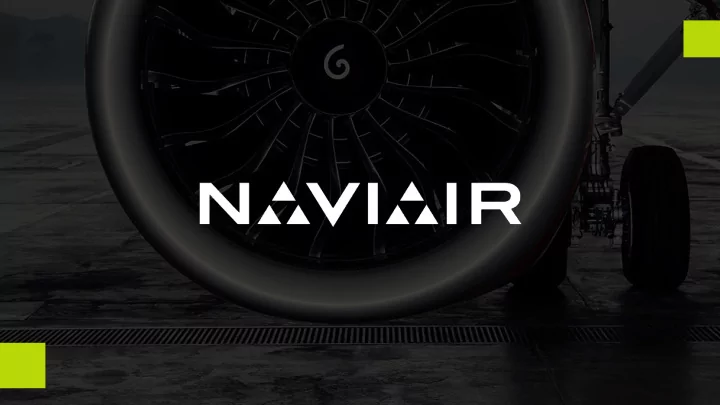

Systems Thinking Sten Winther ATSEP Workshop 2019
Perspective Narrative strands are woven into powerful stories that present the human as either hero or villain. (Steven Shorrock)
Types af HF tools often used: • Human factor tools for incident investigation • Task analysis • Safety culture measurement tools • Stakeholder analysis • Postural/biomechanical analysis
Eurocontrol Human factor case
Eurocontrol Human Performance in ATM • Team resource management (TRM) • Critical incident stress management (CISM) • Human factor case • Fatigue and sleep management • Human error in Air Traffic Management (HERA) • Human Factors in Safety Management System • Normal operation safety survey (NOSS) http://www.eurocontrol.int/articles/human-performance-atm
Systems Thinking https://www.skybrary.aero/bookshelf/books/2882.pdf
Moving towards Safety-II The 10 principles can be divided further into four categories based on a system focus; • People as part of the system • System conditions • System dynamics • System outcomes
People as part of the system • Including the view of people both from the inside and from the outside. • To understand and design systems, we need to understand Work- As-Done. This requires involvement of those who do the work in question – the field experts. • The notion of local rationality is important. • The Just Culture principles are vital to ensure openness, trust and fairness.
System conditions • System conditions and the context that affect work is critical to understanding system performance. Changes in demands and pressure relating to efficiency and capacity, from inside or outside the organisation have a fundamental effect on performance. • These two principles has implications for the utilisation of resources (e.g. staffing, competency, equipment) and constraints (e.g. rules and regulations). • These system conditions can increase or restrict the ability to meet demands.
System dynamics • When referring to system dynamics it incorporates the notion of interactions between people, equipment and procedures along with the flow of work through the system. • An additional aspect is the trade-offs made, in order to resolve goal conflicts and balance efficiency with thoroughness. • Lastly the principle of performance variability is included to understand the variability of system conditions, demands and behaviour
System outcomes • In complex systems, outcomes are often emergent and not simply a result of the performance of individual system components. System behaviour is hard to understand and often not as expected. • Success and failure are equivalent in the sense that they come from the same source – everyday work! • Attention should be placed on Work-As-Done and the System-As-Found. • Relate system behaviour to the context of system outcomes.
People as part of the system Principle 1 Field Expert Involvement When trying to make sense of situations and systems, who do we need to involve as co- investigators, co-designers, co-decision makers and co-learners? How can we enable better access and interaction between system actors, system experts/designers, system decision makers and system influencers? Principle 2 Local Rationality How can we appreciate a person’s situation and world from their point of view, both in terms of the context and their moment-to-moment experience? How can we understand how things made sense to those involved in the context of the flow of work, and the system implications? How can get different perspectives on events, situations, problems and opportunities, from different field experts? Principle 3 Just Culture How can we move toward a mindset of openness, trust and fairness, understanding actions in context using non-judgmental and non-blaming language?
System conditions Principle 4 Demand and Pressure How can we understand demand and pressure over time from the perspectives of the relevant field experts, and how this affects their expectations and the system’s ability to respond? Principle 5 Resources and Constraints How can we make sense of the effects of resources and constraints, on people and the system, including the ability to meet demand, the flow of work and system performance as a whole?
System dynamics Principle 6 Interactions and flows How can we map the flows of work from end to end through the system, and the interactions between the human, technical, information, social, political, economic and organisational elements? Principle 7 Trade-offs How can we best understand the trade-offs that all system stakeholders make with changes in demands, pressure, resources and constraints? Principle 8 Performance Variability How can we get and understanding of performance adjustments and variability in normal operations as well as in unusual situations? How can we detect when the system is drifting into an unwanted state over the longer term.
System outcomes Principle 9 Emergence How can we ensure that we look at the system more widely to consider the system conditions and interactions, instead of always looking to identify the ‘cause’? How can we get a picture of how our systems operate and interact in ways not expected or planned for during design and implementation, including surprises related to automation in use and how disturbances cascade through the system? How can we make visible the patterns of system behaviour over time, which emerge from the various flows of work? Principle 10 Equivalence How can best observe and discuss how ordinary work is actually done? Can we use a safety occurrence as an opportunity to understand how the work works and how the system behaves? How can we best observe, discuss and model ‘normal work’?
Exercise • Which principles do you find relevant in this case? • Why do you find these principles relevant? • Are the relevant principles dominated in any of the four categories? • How can you use the principles in the case? • Apply the chosen principles in the short analysis of the case.
? !
Recommend
More recommend